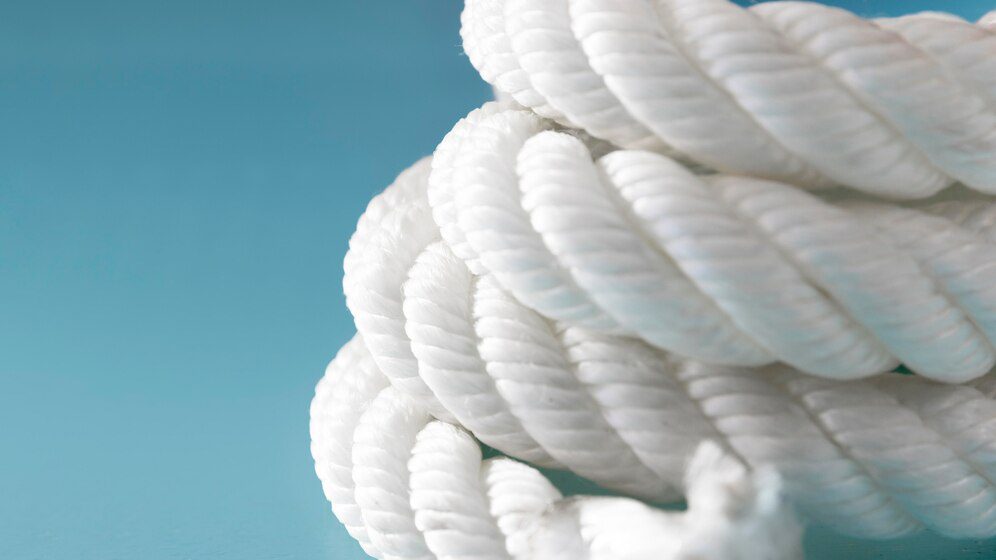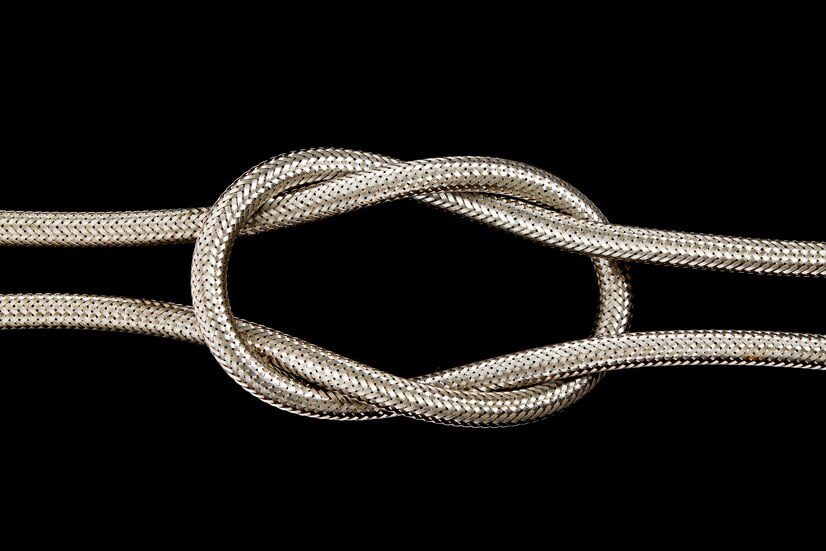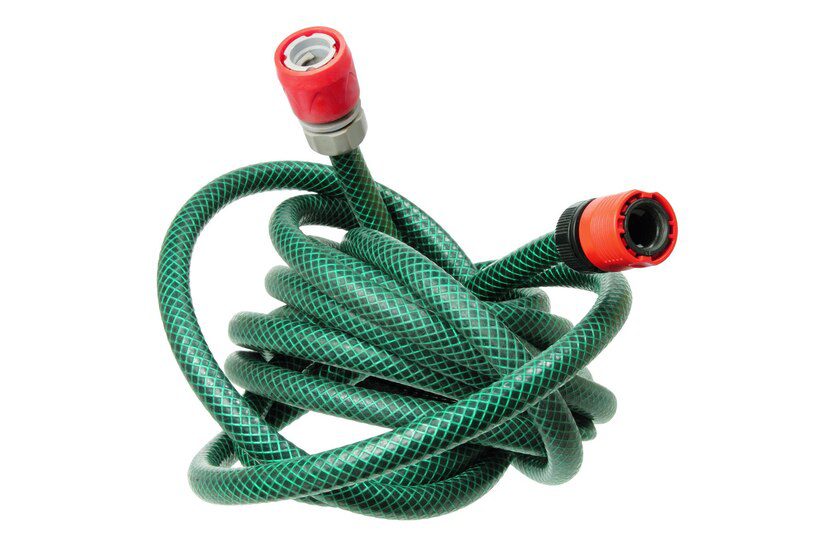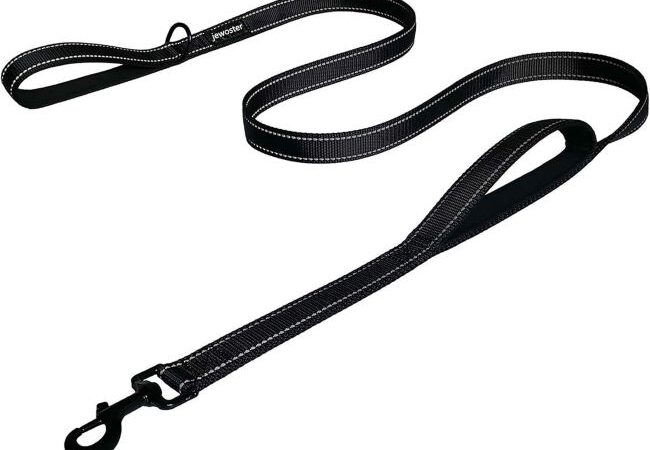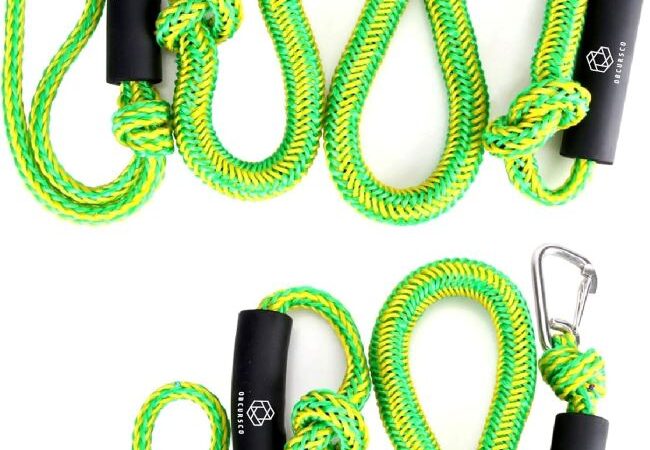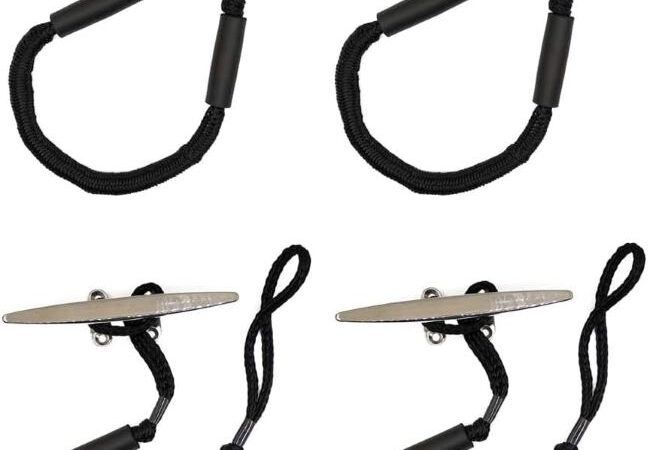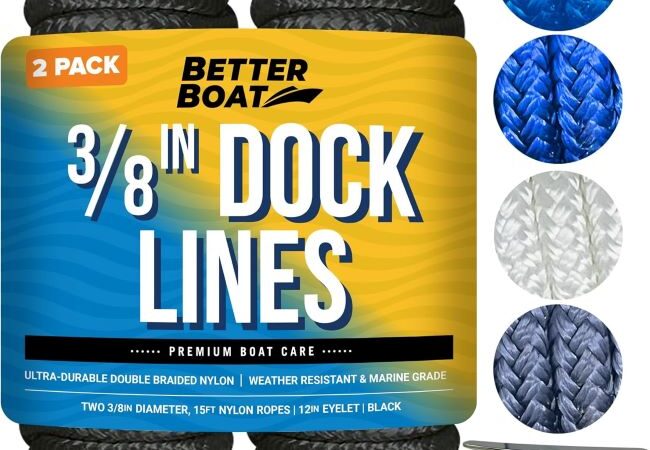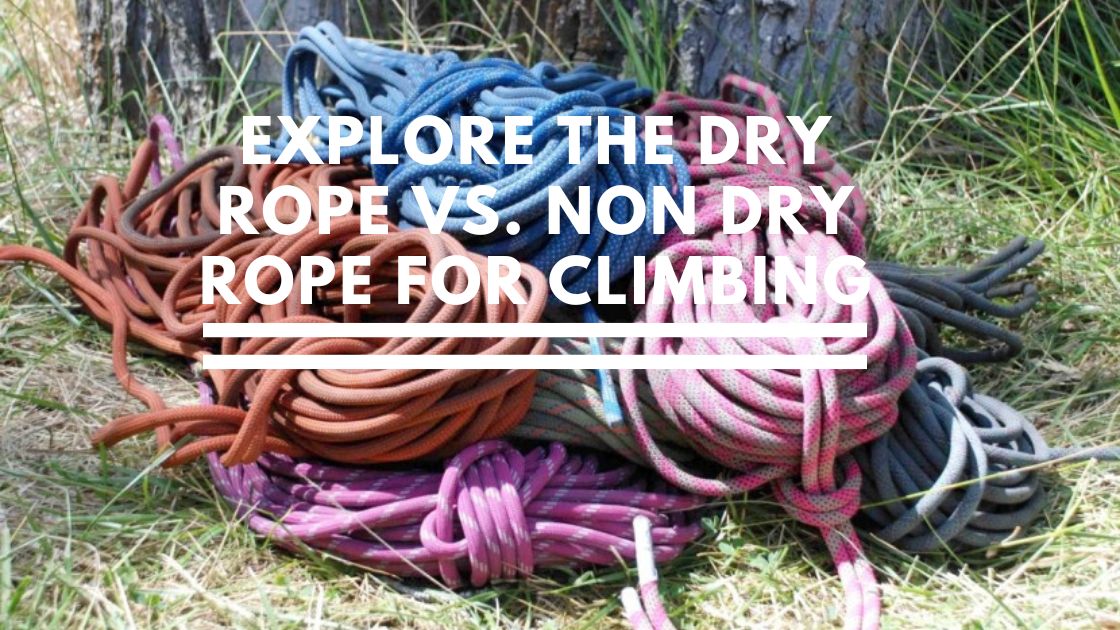
Explore The Dry Rope vs. Non Dry Rope for Climbing
In the latest climbing gear, a pivotal choice awaits enthusiasts: the dry rope vs non dry rope for climbing conundrum. Picture this: you’re scaling a sheer rock face, the wind brushing past your cheeks, the thrill of adventure coursing through your veins. Suddenly, a drizzle starts. Your rope, your lifeline, becomes your vulnerability. This is where the question gains prominence: Should you invest in a dry rope, or is a non-dry rope sufficient for your climbing escapades?
Contents at a Glance
ToggleLet’s dive into this fascinating debate, where the fine line between safety and performance is drawn by the moisture-wicking prowess of the ropes. As climbers, we’re familiar with the joys of conquering challenging routes and the agony of facing unpredictable weather. Having the right gear can mean the difference between triumph and setback in such moments. So, let’s explore the intricacies of dry rope vs non-dry rope for climbing to make an informed choice that aligns with your climbing aspirations and the environments you dare to conquer.
The Dilemma: Choosing Between Dry and Non-Dry Ropes
Here’s where the plot thickens: the market offers an array of ropes, but two main contenders often vie for your attention – dry and non-dry ropes. Choosing between them isn’t just a matter of preference; it’s a pivotal decision that can impact your climbing experience unexpectedly. The key differences between dry and non-dry ropes:
| Feature | Dry Rope | Non-Dry Rope |
|---|---|---|
| Water resistance | More water resistant | Less water resistant |
| Weight | Heavier when wet | Lighter when wet |
| Durability | More durable | Less durable |
| Price | More expensive | Less expensive |
| Best use | Wet conditions | Dry conditions |
Understanding Rope Types
Before delving into the dry vs. non-dry debate, let’s unravel the fundamental components that makeup climbing ropes. Ropes consist of a core and sheath. The core strengthens the rope, while the sheath shields it from abrasions. This dynamic duo ensures your safety during those heart-pounding ascents.
Dry Ropes Demystified: What Makes Them “Dry”?
As the name suggests, dry ropes are equipped with a water-resistant coating that repels moisture. This hydrophobic shield prevents water absorption, reducing the rope’s weight and susceptibility to freezing. Climbers favor dry ropes for their reliability in damp conditions, making them a top choice for versatile adventures.
Non-Dry Ropes Unveiled: Characteristics and Varieties
On the flip side, non-dry ropes lack the moisture-resistant coating found in their dry counterparts. They are often more budget-friendly and come in a variety of styles optimized for different climbing scenarios. While they may not repel water with the same finesse as dry ropes, their durability and affordability make them appealing options.
Benefits of Dry Ropes
Superior Water Resistance: Climbing in Wet Conditions
Imagine navigating a rain-soaked cliff face, the droplets dancing off your gear. Dry ropes come to the rescue in such situations. Their water-repellent nature ensures that moisture doesn’t seep in, maintaining the rope’s integrity and your peace of mind.
Reduced Weight: Enhancing Your Climbing Experience
Every ounce counts when you’re ascending steep gradients. Dry ropes, with their ability to shed water weight, provide a lighter load for climbers. This weight reduction can significantly impact your endurance and overall enjoyment during climbs.
Longevity and Durability: Investing in the Long Run
Dry ropes aren’t just a short-term fix; they’re an investment in the future. These ropes stave off mold, mildew, and deterioration by warding off moisture. This longevity ensures that your rope remains steadfast throughout your climbing journey.
Ice and Mixed Climbing: Essential for Harsh Environments
A dry rope can be your lifeline when the cold bites and icy winds whip around you. The water-resistant coating prevents freezing, maintaining the rope’s flexibility and preventing dangerous ice buildup.
Drawbacks of Dry Ropes
Cost Considerations: A Heavier Price Tag
Quality comes at a price, and dry ropes are no exception. Their advanced technology and water-repellent features contribute to a higher cost than non-dry ropes. However, the investment may be well worth it for climbers who prioritize performance and safety.
Potential Trade-offs: Balancing Performance and Features
While dry ropes excel in wet conditions, some climbers find that they sacrifice a bit of handling and feel in exchange. The water-resistant coating can make the rope slightly stiffer, affecting its tactile qualities. Striking the right balance between performance and features becomes crucial.
Situational Use:
Alpine Adventures: Navigating Snowy Terrains
For climbers who seek the summit in alpine environments, dry ropes shine. Snowy terrains demand moisture-resistant gear, and a dry rope’s ability to ward off water ensures that you’re not weighed down by the elements.
Rainy Day Climbing: Tackling Wet Rock Faces
Rain-soaked rock faces pose a unique challenge. Dry ropes provide the advantage of maintaining their strength and integrity even when exposed to rain. Climbers who refuse to let a little drizzle dampen their spirits can benefit from this feature.
Ice Climbing: Keeping Safe in Sub-Zero Conditions
When grappling with sub-zero temperatures, the last thing you want is a frozen rope. Dry ropes prove invaluable in ice climbing, preserving their flexibility and preventing the dangerous formation of ice along the rope’s length.
Understanding Non-Dry Ropes
Core Characteristics: Flexibility and Dynamic Stretch
Non-dry ropes, although lacking water-resistant coating, offer a dynamic stretch that can absorb shocks during falls. This flexibility can be particularly advantageous in scenarios where a controlled descent is essential.
Standard Ropes: A Closer Look at Non-Dry Variants
Standard non-dry ropes cater to a wide range of climbing styles. From gym climbing to sport climbing, these ropes excel in various scenarios. Their affordability and versatility make them an appealing choice for climbers on a budget.
Best Dry and Non-Dry Ropes:
The 10 best-selling dry and non-dry ropes:
| Rank | Dry Rope | Non-Dry Rope |
|---|---|---|
| 1 | Edelrid Boa Eco Dry | Sterling Evolution Velocity |
| 2 | Mammut Infinity Dry | Mammut Infinity |
| 3 | BlueWater Revolution Dry | BlueWater Velocity |
| 4 | Petzl Arial Dry | Petzl Arial |
| 5 | Sterling Evolution Velocity Dry | Sterling Evolution |
| 6 | Edelrid Boa Eco | Edelrid Boa |
| 7 | Mammut Infinity Dry Eco | Mammut Infinity Eco |
| 8 | BlueWater Revolution Dry Eco | BlueWater Velocity Eco |
| 9 | Petzl Arial Dry Eco | Petzl Arial Eco |
| 10 | Sterling Evolution Velocity Dry Eco | Sterling Evolution Eco |
Please note that this is just a sample list, and the best-selling ropes may vary depending on the retailer and time of year.
Here is a brief overview of each rope:
- Edelrid Boa Eco Dry: A lightweight and versatile rope that is suitable for a variety of climbing activities. It has a water-repellent coating that helps to keep it dry in wet conditions.
- Mammut Infinity Dry: A durable and high-performance rope that is perfect for multi-pitch climbing and mountaineering. It has a water-repellent coating and a low stretch construction.
- BlueWater Revolution Dry: A lightweight and dynamic rope that is perfect for sport climbing. It has a water-repellent coating and a soft feel.
- Petzl Arial Dry: A high-performance rope that is perfect for ice climbing and alpine climbing. It has a water-repellent coating and a low stretch construction.
- Sterling Evolution Velocity Dry: A versatile and affordable rope that is suitable for a variety of climbing activities. It has a water-repellent coating and a soft feel.
- Edelrid Boa Eco: A lightweight and versatile rope that is suitable for a variety of climbing activities. It does not have a water-repellent coating, so it is not as well-suited for wet conditions.
- Mammut Infinity Dry Eco: A durable and high-performance rope that is perfect for multi-pitch climbing and mountaineering. It does not have a water-repellent coating, so it is not as well-suited for wet conditions.
- BlueWater Revolution Dry Eco: A lightweight and dynamic rope that is perfect for sport climbing. It does not have a water-repellent coating, so it is not as well-suited for wet conditions.
- Petzl Arial Dry Eco: A high-performance rope that is perfect for ice climbing and alpine climbing. It does not have a water-repellent coating, so it is not as well-suited for wet conditions.
- Sterling Evolution Velocity Dry Eco: A versatile and affordable rope that is suitable for a variety of climbing activities. It does not have a water-repellent coating, so it is not as well-suited for wet conditions.
When choosing a rope, it is important to consider the climbing you will be doing, the conditions you will be climbing in, and your budget.
Handling and Feel
The tactile experience of handling a rope can influence your climbing style. Dry ropes may feel stiffer due to their water-resistant coating, whereas non-dry ropes often have a more supple and familiar feel.
Weight and Bulk
Climbers who value lightweight gear may lean toward dry ropes due to reduced water absorption. However, non-dry ropes have their advantages, such as a pliable nature that can make packing and coiling easier.
Knot Tying and Untying
Tying knots is an essential skill for climbers, and the type of rope you choose can affect this process. Dry ropes’ stiffer nature may impact knot tying, while non-dry ropes’ flexibility can make certain knots easier to manipulate.
Safety and Reliability
Regarding safety, both dry and non-dry ropes have their merits. Dry ropes shine in wet environments, while non-dry ropes excel in controlled descents. The right choice depends on your climbing style and preferences.
Factors Influencing Choice:
Climbing Style and Goals
Your climbing aspirations play a pivotal role in rope selection. Are you a sports climber seeking versatility or an alpinist braving the elements? Aligning your rope choice with your climbing style is key.
Environmental Conditions
Consider the environments you frequent. A dry rope could be a game-changer if you often find yourself in wet or icy conditions. On the other hand, if you’re exploring dry rock faces, a non-dry rope might be more suitable.
Budget Constraints
Budget considerations can’t be ignored. Non-dry ropes offer a cost-effective option without compromising on safety. Climbers seeking value for their money may find themselves leaning in this direction.
Caring for Your Rope:
Regardless of the rope type you choose, proper maintenance is essential. Regular cleaning and inspection can extend your rope’s lifespan, ensuring its reliability.
Storing your rope correctly prevents unnecessary wear and tear. A well-maintained rope is more likely to serve you faithfully throughout your climbing adventures.
Innovations in Rope Technology
As technology evolves, so does the world of climbing ropes. Dry treatment techniques have improved, enhancing the water-repellent capabilities of these ropes. Staying informed about these advancements can aid in your decision-making process.
In an era of environmental awareness, sustainable choices matter. Some rope manufacturers prioritize eco-friendly materials and production processes, allowing you to make a positive impact through your gear choices.
Expert Advice and Tips:
Learning from seasoned climbers can offer valuable insights. Professional climbers often have a wealth of experience with different rope types, helping you glean wisdom from their trials and triumphs.
As you weigh your options, consider the strategies that experienced climbers employ. Their methods for choosing between dry and non-dry ropes can provide a roadmap for your decision-making journey.
Here are some additional tips for caring for your rope:
- Store your rope in a cool, dry place.
- Avoid exposing your rope to direct sunlight or extreme temperatures.
- Clean your rope regularly with a mild soap and water solution.
- Inspect your rope regularly for signs of wear and tear.
- Replace your rope if it is damaged or shows signs of wear.
User Experiences and Reviews:
The climbing community is a treasure trove of diverse experiences. Exploring climbers’ real-life accounts can show how different rope types perform in various scenarios.
Every choice comes with its pros and cons. By delving into what climbers appreciate and find challenging about dry and non-dry ropes, you can make an informed decision aligned with your priorities.
Making Your Decision:
Armed with knowledge about both rope types, it’s time to assess your needs. Prioritize the features that matter most to you – water resistance, affordability, or versatility.
Listening to fellow climbers’ testimonials can offer a sense of camaraderie and guidance. Their recommendations can help solidify your choice and provide you with a sense of confidence.
Ultimately, your choice hinges on a delicate balance between performance, cost, and personal preference. Reflect on your climbing goals, the environments you frequent, and your budget constraints.
Conclusion
The choice between a dry rope and a non-dry rope for climbing is a critical decision that hinges on the nature of your adventure. Whether you’re scaling the heights of an ice-covered crag or conquering an indoor climbing wall, your rope is your lifeline. So, consider the conditions you’re likely to encounter, the longevity of your investment, and the level of performance you demand. A dry rope vs non dry rope for climbing isn’t just a choice between moisture resistance; it’s a choice between peace of mind and peak performance. The climb is yours to conquer, and your chosen rope could be the difference between a challenging triumph and an unexpected fall. Choose wisely, adventurer.
FAQs
Q1: Can I use a dry rope for all types of climbing?
A: While dry ropes offer exceptional water resistance, their stiffer nature might not be ideal for all climbing styles. Consider your preferences and the environments you frequent.
Q2: Are non-dry ropes less durable?
A: Non-dry ropes are durable in their own right, but they may not withstand wet conditions as effectively as dry ropes. Their affordability and versatility make them popular among climbers.
Q3: Can I use a dry rope in dry conditions?
A: Absolutely! Dry ropes are suitable for a range of conditions. Their water-resistant coating also helps repel dirt and grime, making them easier to clean.
Q4: How often should I inspect and clean my climbing rope?
A: Regular inspection and cleaning are crucial for maintaining your rope’s integrity. Aim for a thorough inspection before each climb and a more detailed cleaning every few months.
Q5: What’s the most important factor when choosing a climbing rope?
A: The most important factor is aligning your rope choice with your climbing style, goals, and the environments you frequent. Safety and reliability should always be your top priorities.

